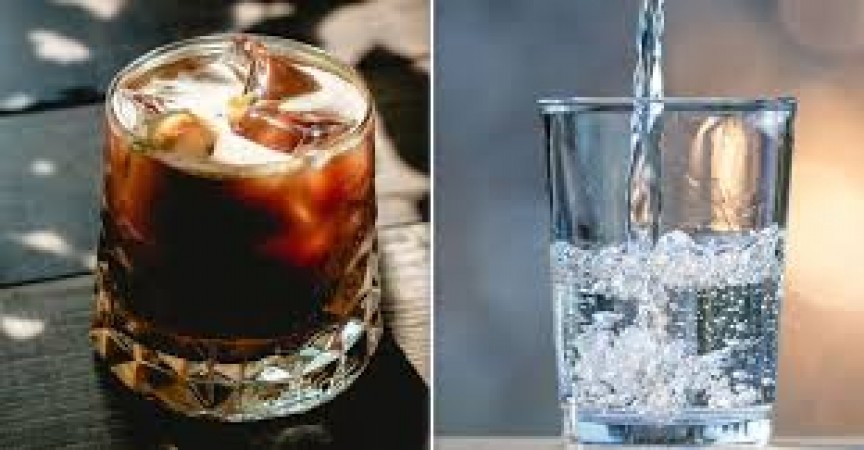
Ever wondered what exactly goes into your favorite cold drink? It's a refreshing query, considering how often we reach for these beverages, especially during the hot summer months. Let's dive into the specifics of the ingredients, focusing on water and sugar, in a typical one-liter cold drink.
Cold drinks, commonly referred to as soft drinks or sodas, are non-alcoholic beverages that are typically carbonated and flavored. They can include cola, lemon-lime, root beer, and many other flavors.
Water and sugar are the primary ingredients in most cold drinks. Understanding their quantities can shed light on the health implications of these popular beverages.
Water is the main component of any cold drink. It serves as the solvent for other ingredients, making up the bulk of the drink’s volume.
In a one-liter bottle of cold drink, water makes up approximately 85-90% of the total volume. This means there are about 850 to 900 milliliters of water in one liter of a cold drink.
Water is crucial for dissolving sugars, acids, flavors, and other ingredients, ensuring they are evenly distributed and palatable.
Cold drinks commonly use high fructose corn syrup (HFCS) or sucrose (table sugar) as sweeteners. Both are forms of sugar but differ slightly in their composition and sweetness levels.
A typical one-liter cold drink contains about 100 grams of sugar. To visualize, this is equivalent to about 25 teaspoons of sugar!
Sugar provides sweetness, balances acidity, enhances flavors, and contributes to the overall mouthfeel of the drink.
The precise amounts of water and sugar are carefully balanced to achieve the desired taste, sweetness, and texture.
High sugar intake is linked to various health issues, including obesity, diabetes, and heart disease. Knowing the sugar content helps in making informed dietary choices.
While cold drinks can be hydrating due to their water content, the high sugar levels also mean high calorie intake, which can be detrimental if consumed in excess.
Many cold drinks now come in sugar-free versions, using artificial sweeteners like aspartame, sucralose, or stevia.
Consider drinks like sparkling water with natural fruit essences, which offer refreshment without the added sugars.
Reading labels and being aware of the sugar content can help in selecting healthier beverage options.
Manufacturers strive to maintain consistent taste and quality in every bottle.
The production of cold drinks requires significant amounts of water, not just in the drink itself but also in the manufacturing process.
Sugar cultivation and processing can have environmental impacts, including water usage and pesticide application.
Choosing drinks from environmentally responsible companies and reducing consumption can help mitigate these impacts.
Understanding the water and sugar content in cold drinks highlights the balance between refreshment and health. With approximately 850-900 milliliters of water and about 100 grams of sugar in one liter, it's clear why moderation is key. Whether opting for regular or sugar-free versions, being informed helps us make better choices for our health and the environment.
Honor 200 and Honor 200 Pro Launched in China, Coming to India: What's Price and Specs
5000mAh battery, 50MP camera and stylish look, this strong Samsung phone will be launched today